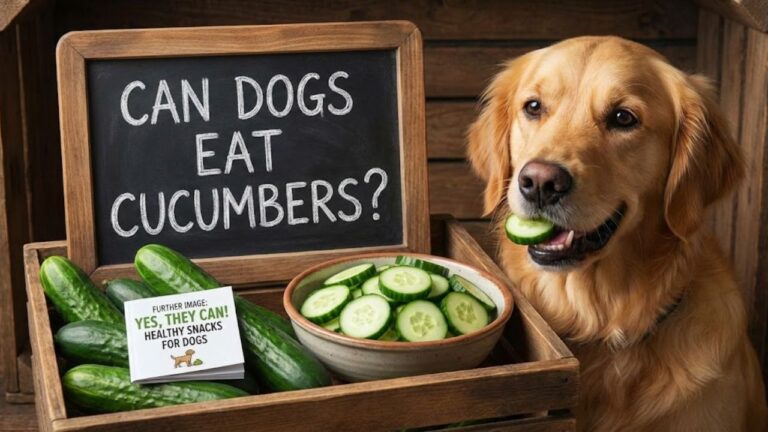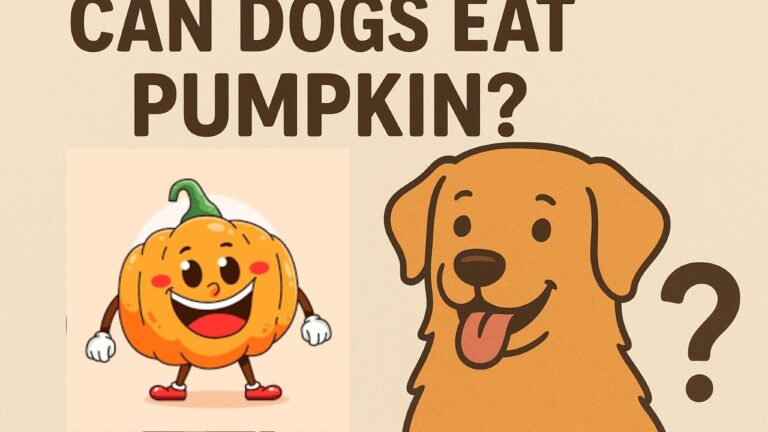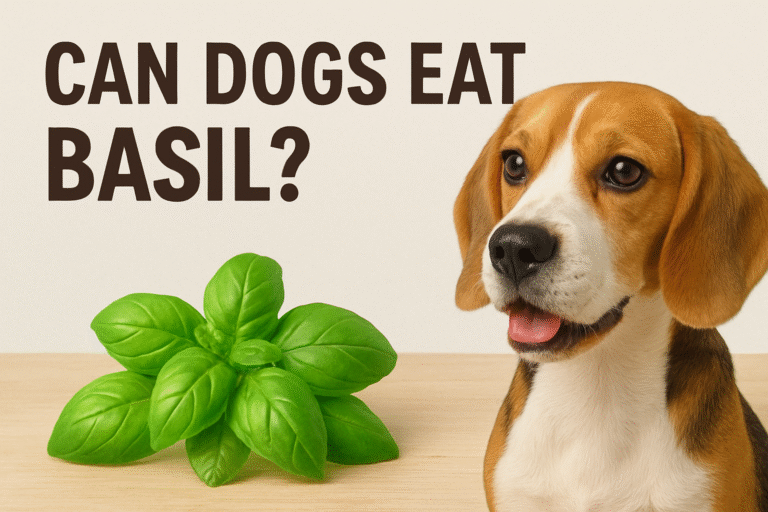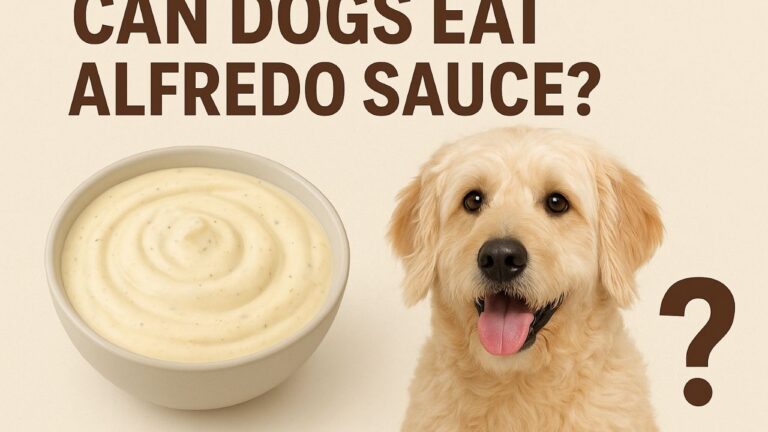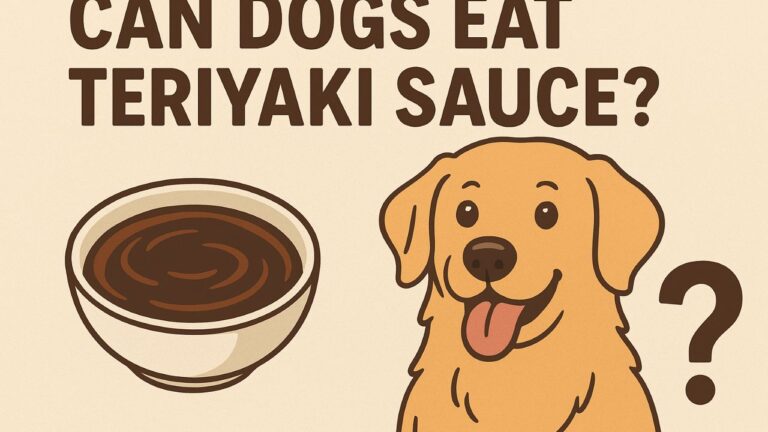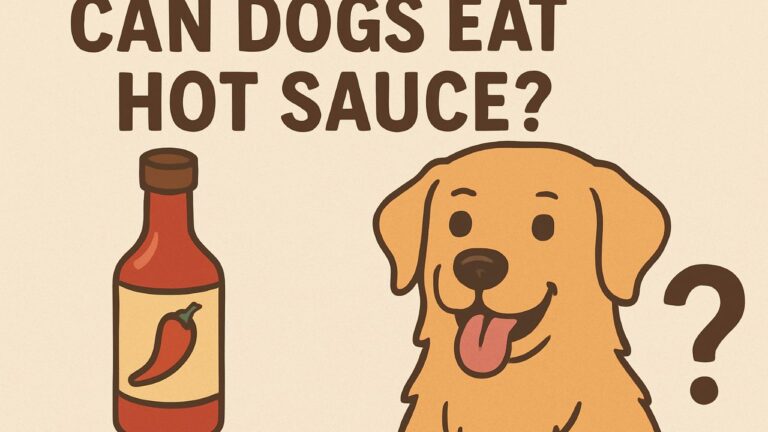How Much to Feed a Puppy: Simple Feeding Guide for Small to 100 lb Dogs
So, here’s the thing about puppies… they eat like tiny machines.
One minute, they’re bouncing around chewing the corner of your shoe, and the next, they’re staring at you with those “feed me or I’ll faint dramatically” eyes. I’ve been there. And honestly, figuring out how much to feed a puppy feels like this endless guessing game. Too little and they’re hungry all the time. Too much and well, let’s just say you’ll regret cleaning up the aftermath.
But it’s not as straightforward as looking at a chart and calling it a day. Puppies grow fast. Like, really fast. What works for them at 8 weeks might be way off the mark by 12 weeks. And then when you hear stories about people buying 100 lb dog food bags because their puppy is going to be a giant breed… you start to wonder if you should be portioning meals with a measuring cup or a shovel.
Funny thing is, I once overfed my pup thinking I was being a “good dog parent.” More food = more love, right? Wrong. The poor guy got so bloated he waddled like a penguin for the rest of the evening. Lesson learned.
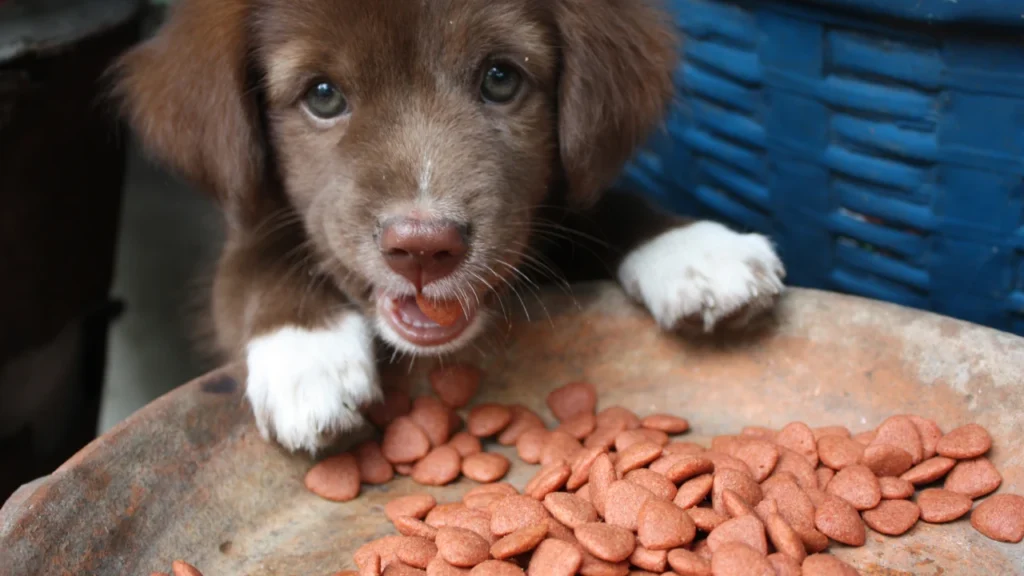
The Complete Puppy Feeding Guide: Easy & Practical
Feeding a puppy can feel confusing, especially when every pup seems to eat differently. This guide breaks it all down how much to feed, when, what type of food, treats, and tips to make sure your puppy grows healthy and happy.
Puppy Food Basics
Every puppy has three main needs:
- Energy: Puppies burn calories very quickly.
- Protein: Supports muscles, bones, and growth.
- Consistency: Their stomachs are more sensitive than we think.
Tip : Breed and size change everything. A Yorkie pup eats very differently than a 100 lb Labrador. Even within a litter, some pups are “bottomless pits,” while others eat slowly and wander off.
How Much to Feed by Breed & Size
| Puppy Age | Meals per Day | Explanation / Tip |
|---|---|---|
| Under 12 weeks | 4 | Puppies are small and burn energy quickly. Frequent meals keep blood sugar stable. |
| 3–6 months | 3 | Growing fast; can handle slightly larger meals. |
| 6–12 months | 2 | Digests food better; fewer meals are sufficient. |
Tip: Avoid free-feeding (leaving food out all the time). Scheduled meals help digestion, potty training, and prevent overeating.
Puppy Food Types
- Dry Food: Good for teeth, easy to measure, and lasts longer.
- Wet Food: Tasty but more expensive and messy.
- Mix: Some owners mix dry + wet for variety and excitement.
Experience: Keep food fresh and sealed. Stale kibble reduces taste and nutrition.
Puppy Food Types
- Dry Food: Good for teeth, easy to measure, and lasts longer.
- Wet Food: Tasty but more expensive and messy.
- Mix: Some owners mix dry + wet for variety and excitement.
Experience: Keep food fresh and sealed. Stale kibble reduces taste and nutrition.
What About Those Giant Food Bags?
Let’s talk about 100 lb dog food bags for a second.
If you’ve ever hauled one into your house, you know it feels less like pet care and more like weightlifting training. But here’s the kicker: buying in bulk doesn’t mean feeding in bulk.
I once thought, “If I get the big bag, I’ll just scoop a little extra each time.” And, yeah, my dog was thrilled. Until he wasn’t. Too much food = upset stomach, extra bathroom trips, and a very unhappy me at 6 a.m.
Large bags are cost-effective, sure. But the feeding still has to be precise. Use a measuring cup. Not your “eh, this looks right” vibe. Puppies grow best on balance, not excess.

Food by Weight (Daily Amount in Grams)
| Puppy Weight (kg) | Daily Food (g) | Notes |
|---|---|---|
| 1–2 | 55–110 | Very small breeds, frequent meals |
| 3–5 | 115–230 | Small breeds, watch hypoglycemia |
| 6–10 | 240–400 | Medium breeds, steady growth |
| 11–20 | 410–670 | Medium-large, active growth |
| 21–30 | 680–900 | Large breeds, avoid overfeeding |
| 31–40 | 910–1,200 | Large breeds, slow steady growth |
| 41–50 | 1,210–1,500 | Giant breeds, split meals |
| 51+ | 1,510–1,800 | Very large breeds, precise feeding |

Nature′s Recipe Grain Free Salmon, Sweet Potato & Pumpkin Recipe Dry Dog Food, 4 lb. Bag (Pack of 2)
Treats
- Give sparingly, 5–10% of daily calories.
- Break treats into smaller pieces for training.
- Avoid overfeeding with treats; it adds extra calories.
Experience: Tiny treats work just as well for training. Puppies are thrilled with a crumb as much as a big biscuit.
Nursing & Weaning
| Age | Feeding Action |
|---|---|
| 0–3 weeks | Only mother’s milk |
| 3–4 weeks | Introduce soft food + milk replacer |
| 6–8 weeks | Fully weaned, stop nursing |
Tip: Gradually transition to solid food to reduce stress for puppy and mother.
Real-Life Story
A friend of mine got a German Shepherd pup. First-time dog owner, super excited, went to the store and bought a 100 lb dog food bag like he was preparing for the apocalypse. He thought, “This should last months.”
Guess what happened? Within a few weeks, the puppy was ballooning. The vet had to step in: “You’re feeding way too much. Cut it back, split meals, and stick to the chart on the bag.”
The funny part? He swore the puppy looked hungry every time. And I get it those eyes could convince anyone. But just because they want more doesn’t mean they need more. Kind of like me with pizza.
Final Reflection
You know, feeding a puppy isn’t that different from raising a kid (not that I’ve raised one, but you get the idea). You care, you worry, you mess up, you adjust. And somehow, they still love you for it.
I guess the thing that sticks with me is this: food is fuel, but it’s also trust. When your pup sees you filling that bowl, day after day, they know you’re their person. Not because you bought the 100 lb dog food bag, but because you show up consistently.
And really that’s what matters.
If you’ve just brought home a new puppy, figuring out feeding is only part of the fun you’ll also want the perfect name. For breed-specific ideas, check out these German Shepherd names. If you’re leaning toward classic options, you can explore lists of boy dog names and girl dog names. Maybe you’d rather go for something that stands out then unique dog names or cool dog names might be your style. On the lighter side, there are always cute dog names and even funny dog names that will make you smile every time you call them. And if you love personality with a splash of creativity, you can’t go wrong with color-based dog names.
FAQs About Feeding Puppies
How do I know if I’m feeding my puppy enough?
Check their body, not just the bowl. You should feel their ribs but not see them sticking out sharply. A healthy puppy has energy, a shiny coat, and doesn’t look too skinny or too bloated.
Can I feed my puppy straight from a 100 lb dog food bag?
Sure, you can scoop from it, but the size of the bag doesn’t change the amount your puppy needs. Always measure the food. Big bags are for convenience, not a green light to overfeed.
How many times a day should I feed my puppy?
Under 3 months: about 4 meals a day.
3–6 months: 3 meals a day.
6–12 months: 2 meals a day.
After a year, most dogs do fine on 2 meals daily.
What if my puppy always acts hungry?
Don’t panic it’s normal. Puppies love food. Stick to proper portions and use healthy treats for training. Constant begging doesn’t always mean they need more.
Is wet food better than dry food for puppies?
Not necessarily. Dry food is good for teeth and easier to store, while wet food is tastier but more expensive. A mix of both works for many people.
When should I switch my puppy to adult dog food?
Most medium breeds switch around 12 months. Large or giant breeds may stay on puppy food up to 18–24 months. Always check with your vet.
Can too much food hurt my puppy?
Yes. Overfeeding, especially large breeds, can cause joint and bone problems later. It’s tempting to give extra, but slow, steady growth is healthier.
Do treats count toward daily food?
Absolutely. Treats add calories too. Break them into small pieces so you’re not overloading your pup while training.

